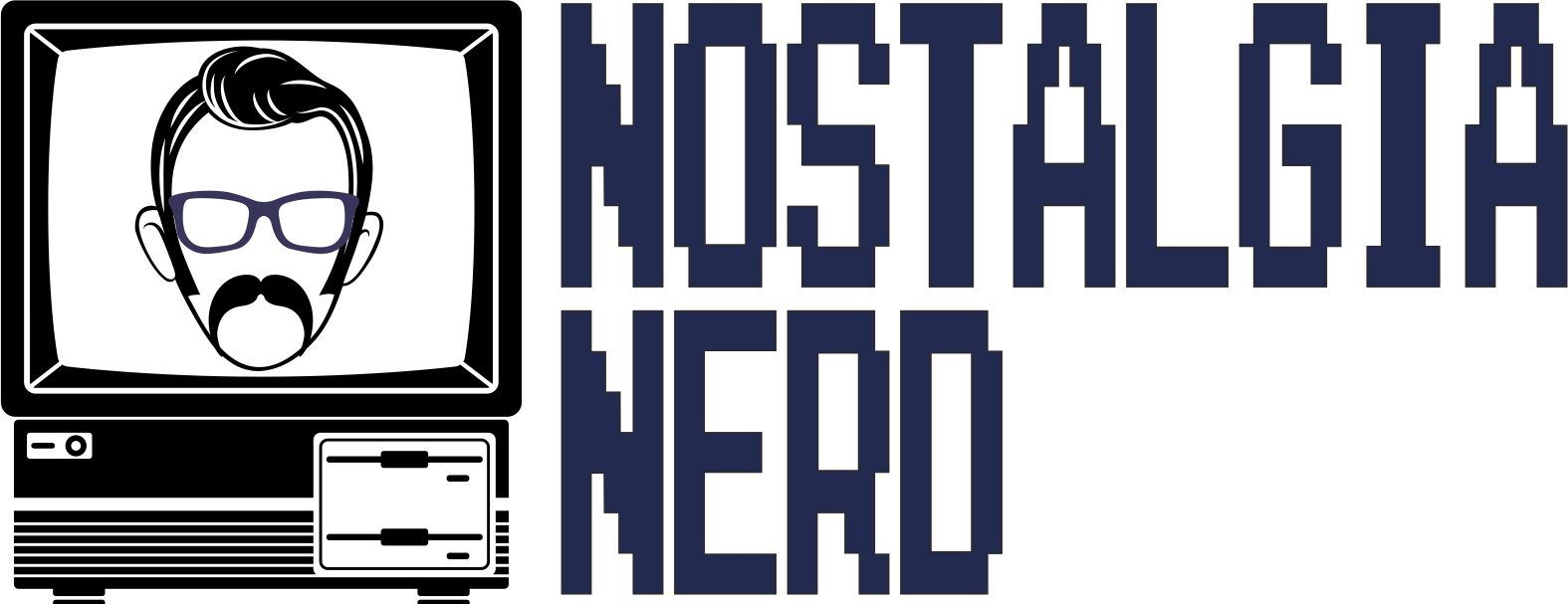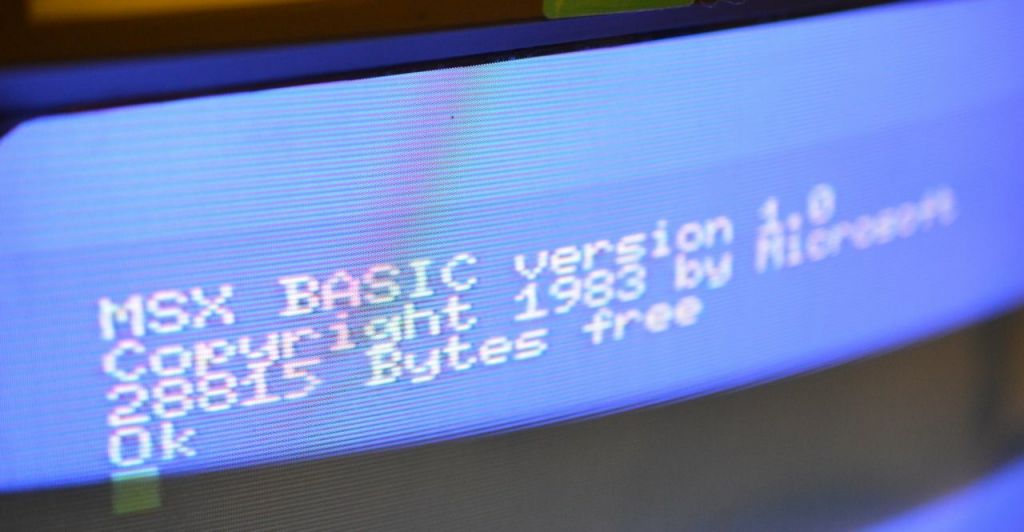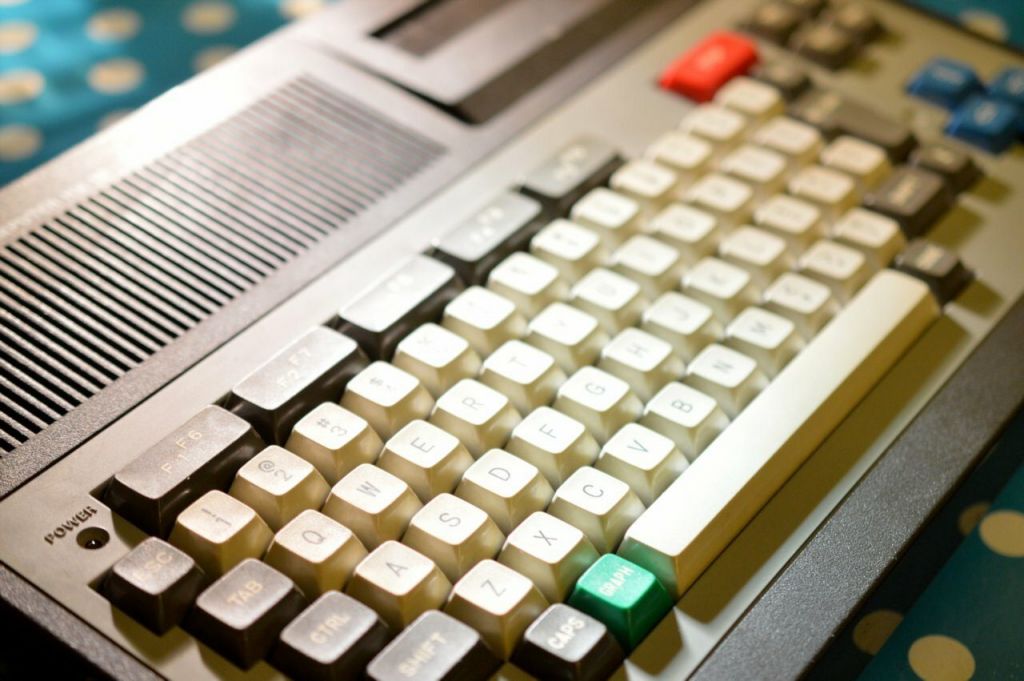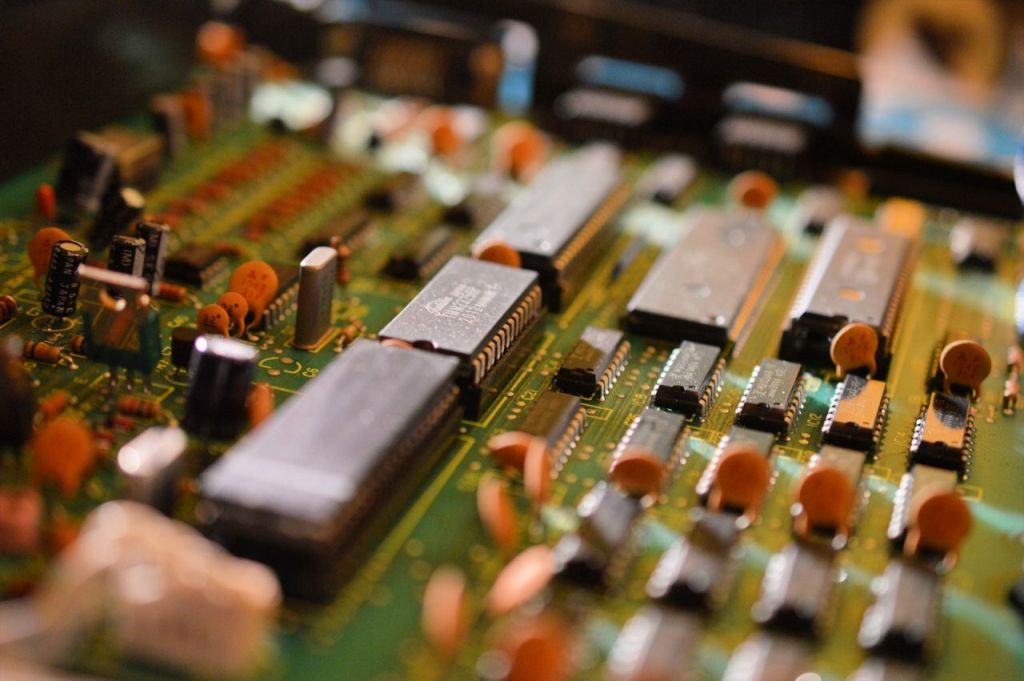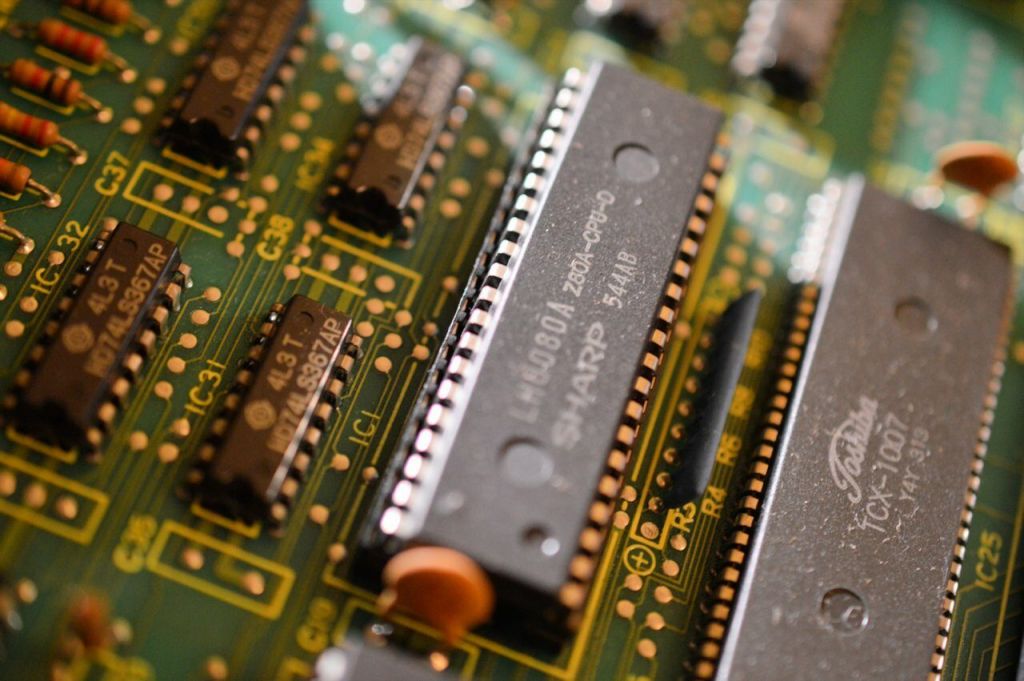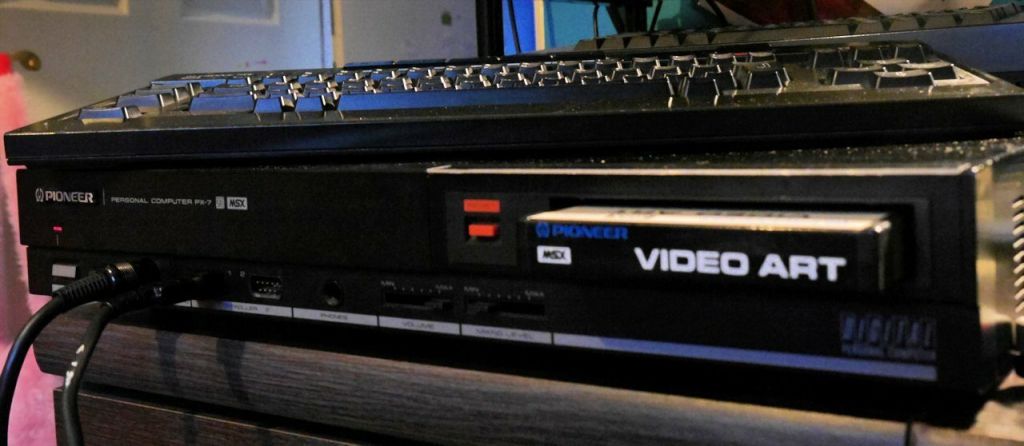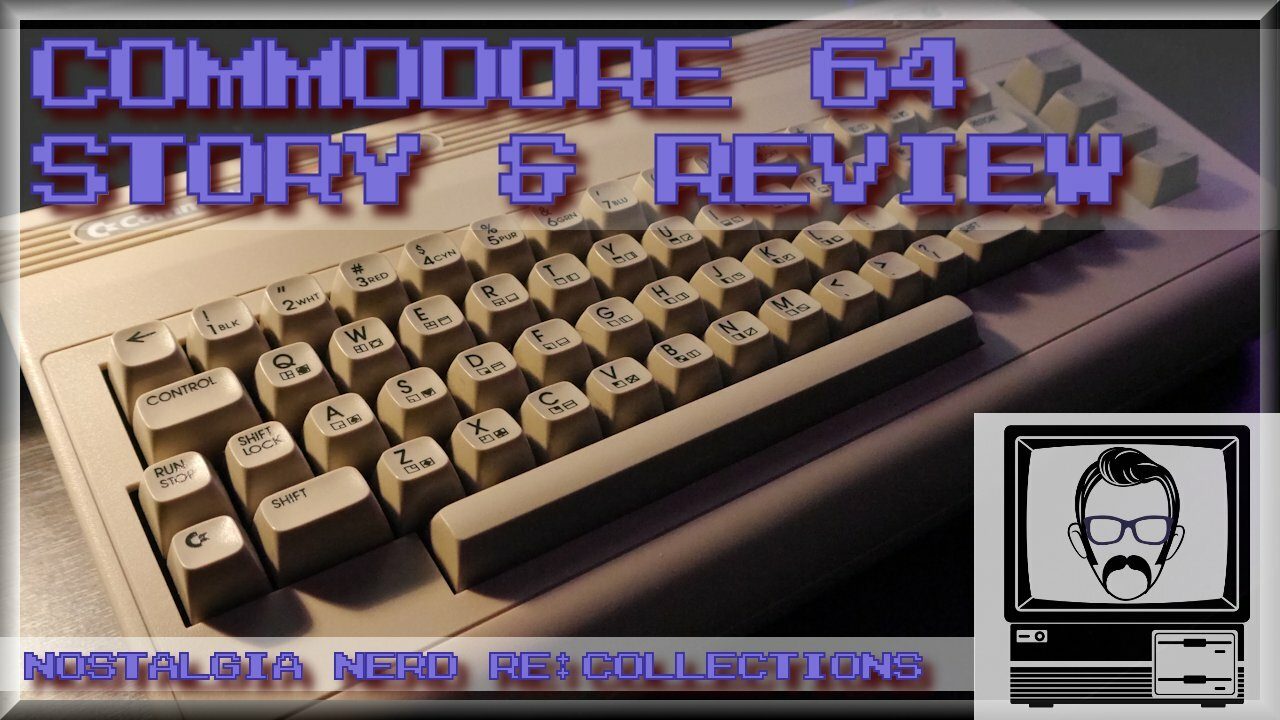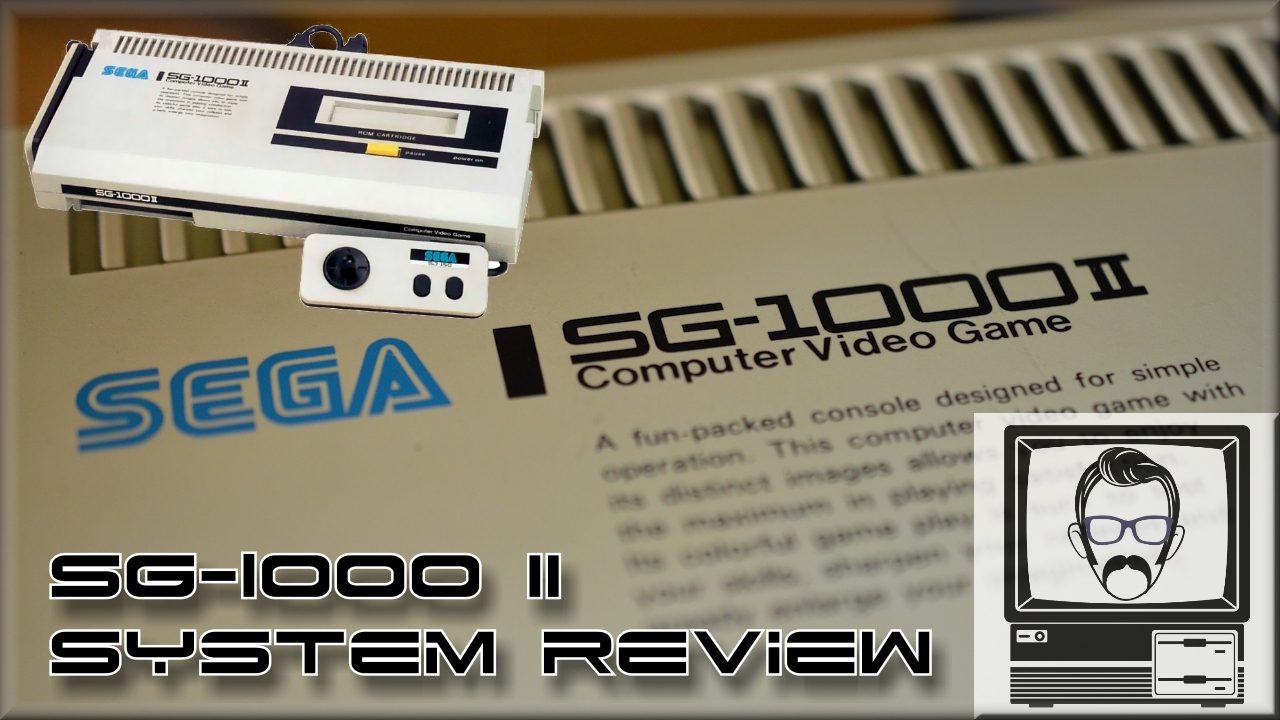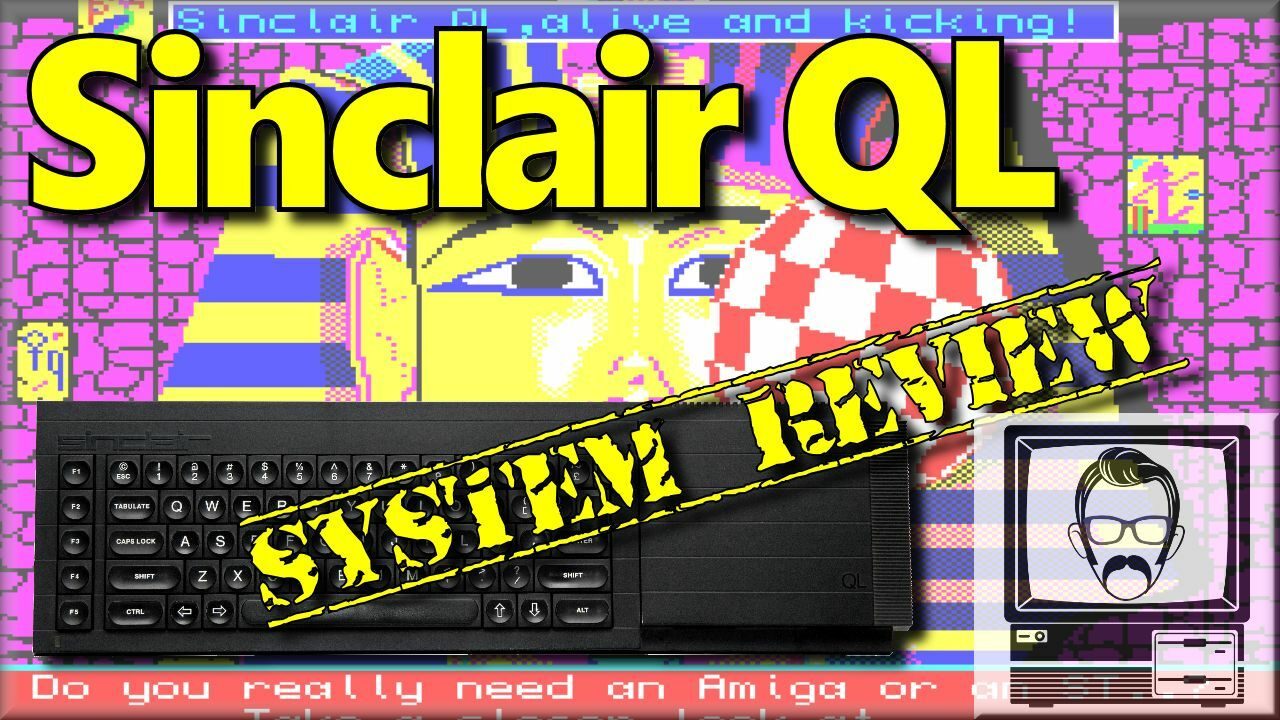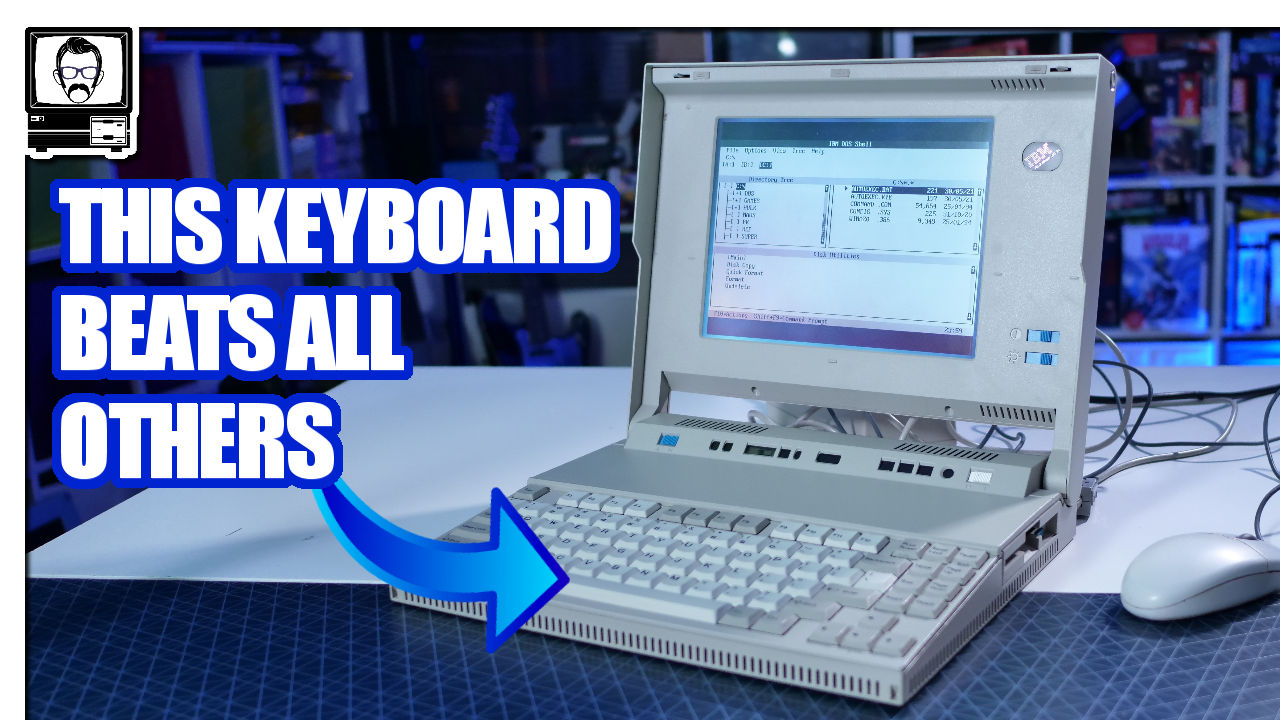Watch the Video
The MSX Platform was established in 1983 in an attempt by Microsoft and ASCII corporation to try and standardise the low end computing market, in Eastern regions with the aim of global expansion. This video charts this story and looks at some of the machines along the way.
Here’s a bit of a different one. This isn’t a system review per-say. It’s a platform, or even an architecture review. Because MSX wasn’t one particular system made by one particular company. It was a specification for system’s to adhere to, first announced by Microsoft in June 1983, and was an attempt to standardise the swathes of individual platforms currently on the market into one, single, compatible architecture, much like the IBM PC compatible would go on to do in the following years.
On this occasion, the stroke of genius didn’t come from Bill Gates, it was the work of Kazuhiko Nishi, who was vice president of Microsoft Japan, and also director of ASCII Corporation – ASCII being another standardising format. Because of this, the MSX machines saw little release in the States, but were hugely popular in Japan and other eastern markets, where the IBM PC Compatibles and lower end machines such as Commodore 64, hadn’t already started to consume the market.
The MSX platform came before the release of Nintendo’s Famicom (known as the NES in the West), and therefore quickly became the gaming platform of choice, with developers such as Konami and Hudson Soft quick to jump on board. As for the MSX name, it’s a little unclear. Most people agree that it stands for MicroSoft eXtended, in line with the built in extended BASIC interpretor, however according to Nishi, MSX “could” stand for “Machines with Software Ex-changeability”… although he also reportedly stated that it was named after the MX missle… nothing like ambiguity, hey Nishi?
So, let’s take a look at Japan in the early 80s, as see why and how the MSX format was created.
Whilst in the West we had IBM PC compatiables, the Spectrum, the Commodore 64 and some other well known brands, the landscape was a little different in the east. The main systems in use were the NEC PC series, Fujitsu’s FM series and Hitatchi’s Basic Master. These machines were used for business and gaming alike, but shared little compatibility with Western systems, although each system did feature a variant of Microsoft’s BASIC interpreter in ROM, in a similar fashion to our beloved Western machines. The problem was, the variation of this BASIC was incompatible, and other manufacturers such as Panasonic, Casio and Pioneer wanted a slice of the computing market. Inspired by the standardisation of VHS tapes, Nishi stepped up and proposed the MSX system. Japanese manufacturers quickly saw the advantage of this, especially as they would still have scope to add their own quirks to their individual machines.
The standard was based on the Spectravideo SV-328 computer, mainly because it was built with many off the shelf parts. With the specifications fairly similar to western machines of the time. Many producers stepped up to produce the first MSX machines such as Canon, Fujitsu, Hitachi, Toshiba, Pioneer, Yamaha and probably any other Japanese sounding companies you can think of. None of them wanted to miss out on the opportunity to have a piece of hardware at launch. This struck fear in to Western companies, with the Japanese being renowned for crushing Western dominance with their technology. However as the Speccy has gained so much ground in the UK, and likewise, the C64 in the States, this fear was unfounded.
Although MSX never became the worldwide standard it’s visionaries had hoped for, mainly because of it’s lateness to the Western markets; this didn’t stop companies like Commodore from introducing the ill advised and somewhat unnecessary Plus/4 range which was designed in part to compete better with MSX hardware and appeal to it’s user base.
If the system had have arrived earlier, it would have undoubtedly been a force to reckon with, just like it became in the Eastern markets, where it quickly became the main computer system throughout the 1980s, until more powerful machines popped up and the IBM PC compatibles became cheap enough to stamp on it’s ground.
Problems
The MSX systems suffered a number of issues, despite their universal architecture. The first was a disadvantage with the way their video memory was accessed. As the hardware differed from machine to machine, a convoluted method accounting for different video hardware was employed. Bespoke western machines accessed video memory directly, and therefore had a potentially large speed advantage. This led to noticeable slow down on several ZX Spectrum ports.
The popular Toshiba HX-10 was unable to read certain key combinations, so the perfect key layout of Q,A,O,P and Space (don’t tell me there’s a better one) couldn’t be used, which was a problem in games without definable keys. This led to later ports simply using the arrow keys or the MSX joystick standard.
Another issue, this time with the architecture specification, was that manufacturers weren’t told where the cartridge and RAM banks should be stored. This required software producers to search for this information on the fly so that programs would function. These routines were complicated and lead to further slow down. Additionally, some software didn’t bother to look at all, and so just crashed out on certain machines.
Hardware
The hardware these systems were based around features;
A Zilog Z80 CPU running at 3.58MHz;
32KB ROM, with 16KB taken up by MSX BASIC;
8KB Minimum RAM, with machines providing up to 128k, much like other systems;
A Texas Instruments TMS9918 graphics chip with 16KB of VRAM featuring:
A resolution of 256×192 with 16 colours
32, 1 colour sprites;
A General Instruments AY-3-8910 sound chip;
and an Intel 8255 interface controller.
In many ways, this setup was similar to the Sega SG-1000 and Colecovision hardware, and was somewhat underpowered when compared to the Commodore 64, for example. To reduce cost, a number of MSX machines went down the route of glue logic which integrated several chips into one component.
Most systems also featured a proper, tactile keyboard, rather than some rubber, chic-let job. A good selling point for the systems, but another contributor to higher prices.
Software
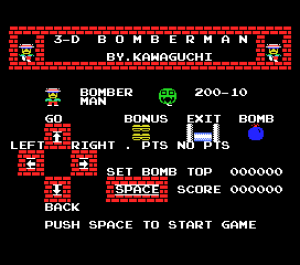 A number of well known franchises actually established themselves on the MSX hardware. These include;
A number of well known franchises actually established themselves on the MSX hardware. These include;
Bomberman;
Eggerland;
and Puyo Puyo.
Variants
There were over 50 MSX variants by a number of different producers, all featuring their own looks, ports, quirks and memory sizes. This Casio is one of my particular favourites, resembling a cross between a pre-school toy and a computer. There are also machines like this Hotbit which were sold exclusively in Brazil.
One of the most popular, especially in the West was the Toshiba HX-10; one of which, I picked up for less than £50 from a Facebook selling group, but I also have a rare pioneer model which sits at the other end of quirkiness to the Toshiba. Let’s take a look.
Revisions
The MSX ran from 1983 to 1985 before receiving an update in the form of the MSX2 standard, this was followed by the MSX2 in 1988 and the 16 bit MSX TurboR in 1990. All of which warrant their own subsequent video. Please subscribe to be sure to catch it.
As with all 8 bit systems, the original MSX hardware ran it’s cause and slowly faded away into history. But in doing so, it firmly made it’s mark and helped to carry the standardisation flag all the way up to present day.

Nostalgia Nerd is also known by the name Peter Leigh. They routinely make YouTube videos and then publish the scripts to those videos here. You can follow Nostalgia Nerd using the social links below.
